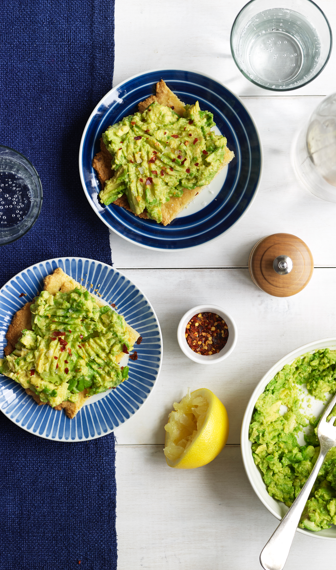The Carbohydrate Ladder
As you move beyond Phase 1, Induction, the carb ladder assists you in two ways. First, it provides a logical progression with which to add carbohydrate foods once you move beyond the basic foods you can consume in Induction. Secondly, it prioritizes their amount and frequency. On the lower rungs are the foods you should be eating most often. On the top rungs are the foods, that—even in Lifetime Maintenance—will put in an appearance only occasionally, rarely, or never, depending upon your tolerance for carbs.
We’ve colored coded the carb ladder by phase to simplify its use. However, people who are relatively tolerant of carbs may be able to introduce some foods in Ongoing Weight Loss (OWL) that are usually not introduced until Pre-Maintenance. Other people who are relatively intolerant of carbs may not be able to introduce certain foods coded for OWL until Pre-Maintenance or Lifetime Maintenance. Again, depending upon individual tolerance for carbs, some people are able to introduce foods coded for Pre-Maintenance and beyond infrequently, in very small quantities or not at all.
Phase 1, Induction:
Rung 1: Foundation vegetables: leafy greens and other low-carb vegetables
Rung 2: Dairy foods high in fat and low in carbs: cream, sour cream, and most hard cheeses
Phase 2, Ongoing Weight Loss:
Rung 3: Nuts and seeds (but not chestnuts)
Rung 4: Berries, cherries, and melon (but not watermelon)
Rung 5: Whole milk yogurt and fresh cheeses, such as cottage cheese and ricotta
Rung 6: Legumes, including chickpeas, lentils, and the like.
Rung 7: Tomato and vegetable juice “cocktail” (plus more lemon and lime juice)
Phases 3 and 4, Pre-Maintenance and Lifetime Maintenance:
Rung 8: Other fruits (but not fruit juices or dried fruits)
Rung 9: Higher-carb vegetables, such as winter squash, carrots, and peas
Rung 10: Whole grains
How to Reintroduce Certain Foods
There are five important points to understand as you begin to reintroduce foods in OWL.
1. Count your carbs. If you’ve been estimating grams of Net Carbs [link] in Induction, now is the time to start counting them.
2. One at a time. Add only one new food within a rung each day or several days. That way, if a food reawakens cravings or uncontrollable hunger, causes gastric distress or stalls or reverses weight loss, you can easily identify it—and back off for the time being. So, for example, at rung 4 you might start with a small portion of blueberries. Assuming no problems, move on to strawberries a couple of days later. In OWL, most people can also consume additional low-carb specialty foods beyond those suitable for Induction. Again, try them one at a time to assess any reactions.
3. More variety, not more food. You’re increasing your range of foods but not the amount of food that you’re eating day to day by very much. As you continue to add small amounts of carbohydrate foods, you don’t have to do anything other than make sure you’re not overdoing your protein intake (typically 4–6 ounces at each meal). Let your appetite be your guide. Stay hydrated, and the moment you feel you’ve had enough, stop eating.
4. Stay with foundation vegetables. As you add new foods, you’ll substitute some of them for other carb foods you’re already eating, but not your 12 to 15 grams of Net Carbs from foundation vegetables. For example, you can now have cottage cheese in lieu of some of the hard cheese you’ve been eating in Induction. Instead of an afternoon snack of green olives, you might switch off with macadamias. You’ll still be eating those Induction-friendly foods, but you can branch out a bit. As long as you’re tracking your carb intake, eating the recommended amount of vegetables, and feeling full but not stuffed, you should do fine.
5. Write it down. The process of adding back foods doesn’t always happen smoothly, and you’ll want to know which food is causing which response, so, if necessary, you know which to back off from. Keep on noting what you’re adding, how much, and your reactions, if any, in your diet journal.

